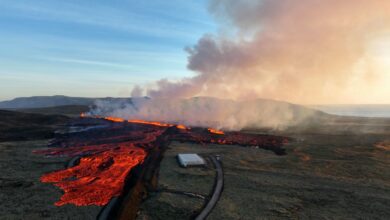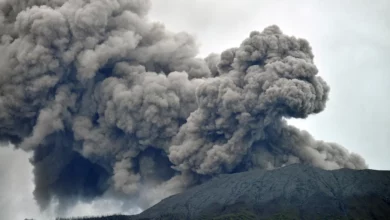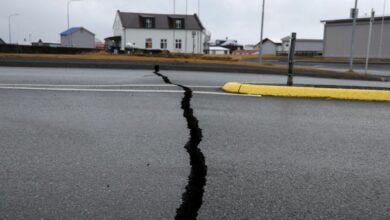
Clustered between Madagascar and the southeast coast of mainland Africa lies a secret paradise: the Comoros Islands. With its crystalline blue waters and white sand beaches, it is a true natural beauty that remains largely untouched by tourism.
Made up of three islands in the Indian Ocean, the Comoros have experienced years of political upheaval in the form of numerous coups and power struggles that have had an adverse effect on the local economy. Despite, or perhaps because of, the political turmoil in the region, these islands have remained fairly untouched over the years. Visitors that do brave it are treated to beautiful sleep towns, stunning beaches and the scents of cloves and ylang ylang (the country's main exports), which hang in the air.
1. Climb an active volcano
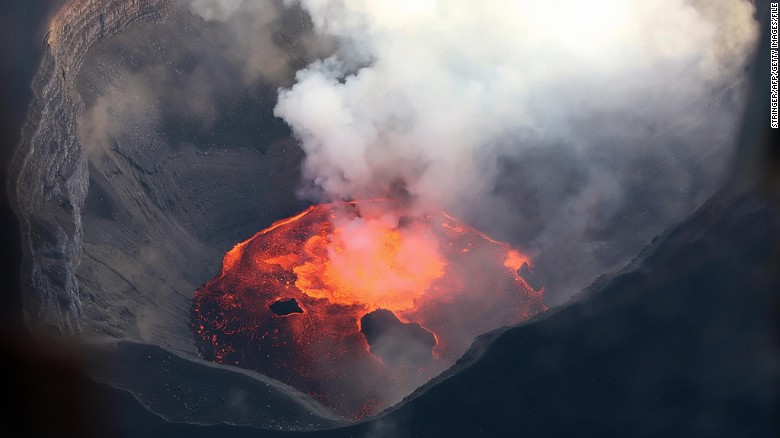
Today the islands have several volcanos — one of which remains relatively active. Karthala, pictured here in 2006, was last active between 2005 and 2007. Visitors can trek to the summit and explore the calderas left behind by the lava.
Trek to the top of Karthala, an active volcano on Grand Comore, the largest island in the archipelago. Karthala stands at nearly 8,000 feet above sea level, and tour guides recommend an early start if you want to reach the summit by sunset.
"The story of Karthala begins with the ring of King Solomon," explains Ahmed Said, a local volcano guide.
"It seems that King Solomon left his ring into the crater… moments later some spirits stole the ring. King Solomon swore that since his ring was stolen, every day, every year, every month there will always be eruptions from Karthala until the end of the world. That is why the island keeps growing and growing."
Karthala has had 13 eruptions in the last century, though the most recent took place in the last decade, explains Said.
"On an average the Karthala has its eruptions every eleven years, but we had this sudden event between 2005 and 2007, which was a bit unusual. But now the activity is relatively quiet and there is no particular danger."
2. Visit a secret salt lake

In search of an undiscovered paradise? Try the Comoros Islands in the Indian Ocean. It boasts crystal clear waters, white sandy beaches and a diverse selection of wildlife (and it's not swarming with tourists).
Over the centuries, Karthala has had a devastating impact on parts of the country. In the 16th century, an eruption demolished the city of Niamawi. In its wake, it left a crater which has filled with salt water. Local guide Zakaria Mkatibou says some local folklore had developed around the event. Legend has it that the eruption came after a local holy man, who went door to door in the town in search of water, was turned away.
"Until he met an older woman, (who) provided the water. He advised (her): 'You better leave this place.' She said, 'How come?' He said, 'Madame, your people are not good. They were chasing me, sneering at me, instead of helping with water.' When he left, the lava came up."
3. Find an assembly of animals to rival Noah's Ark
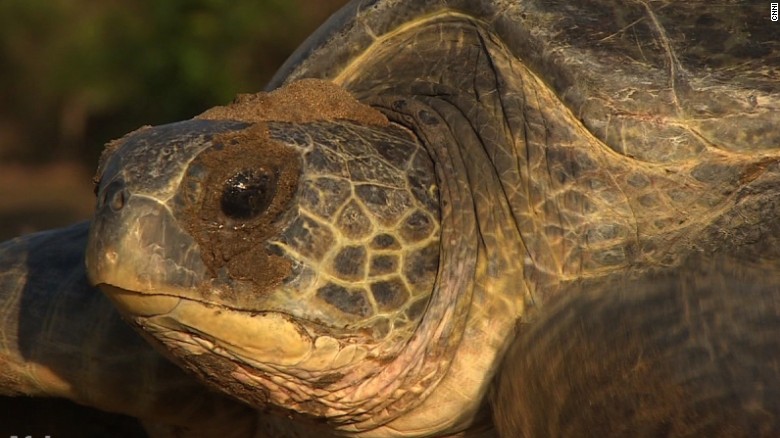
The region is also rich in fauna. It's a great place to spot sea turtles.
Even on the smallest island of Moheli, a sparsely-populated place of pristine beaches, the natural world is on full display. Here you can visit one of the biggest marine parks in the region.
"We have an exceptional biodiversity. We have the humpback whales that come every year — about 200," says Fouad Abdou Rabi, a marine park guide.
"Our emblematic species is the sea turtle. We have about 30,000 sea turtles that nest at the coastline. We have also the divan. They come in this marine space; the dolphins and the coral reefs."
4. Take in the perfume breeze
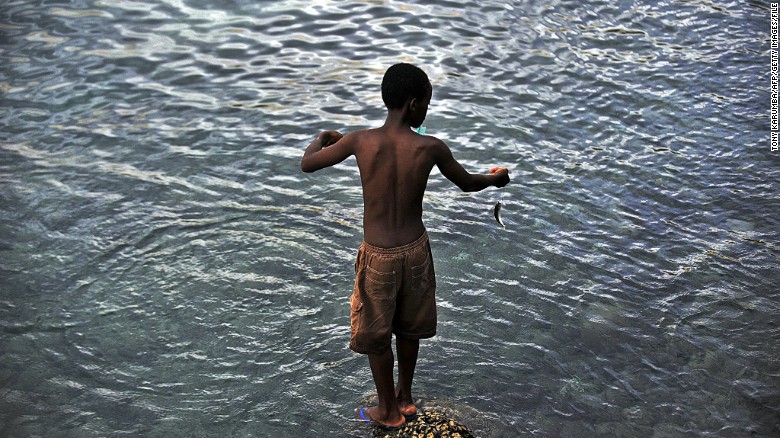
The Comoros also offers great opportunities for those who like to fish.
These islands aren't just for viewing. They are also for smelling. Known by many as the "Perfume Isles," the bountiful flora can occasionally be smelt on the breeze. Perhaps the most prominent of the scents on offer is that of the ylang ylang flower.
Oil of the ylang ylang is an ingredient in of many of the world's most popular perfumes, including Chanel No. 5. And it is here in the Comoros archipelago that the flower is harvested and converted to essential oils for export.
5. Spice things up
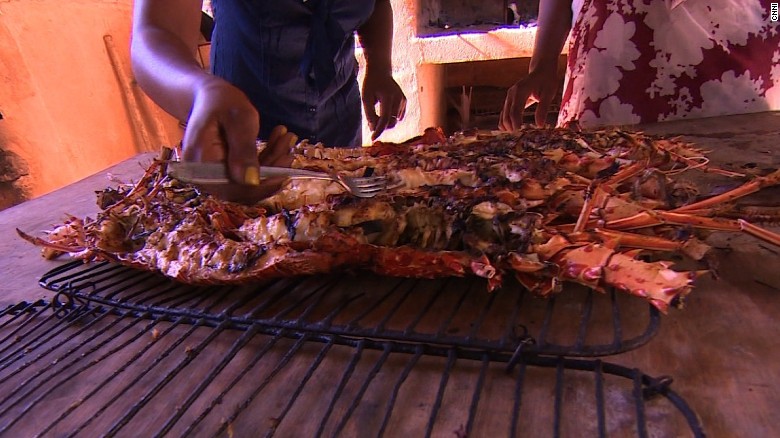
The food of the Comoros Islands has a range of influences, including Arab, Asian and European. Many dishes incorporate vanilla, and langoustines in vanilla sauce is an island specialty.
Also found in abundance on the Comoros Islands is one of the world's most prized spices: cloves. Though cloves (a common ingredient in many dishes, medicines and even cigarettes) are native to Indonesia, the Comoros is one of the world's top producer of the spice, and visitors can learn more about it with guided tours of local farms.
If cloves aren't to your taste, perhaps try the national dish of Langouste a la Vanille — or lobster in vanilla sauce. The island's rich volcanic ash allows the vanilla bean to grow in copious amounts, and while much of it is exported abroad, local chefs have also embraced it in their food to delicious effect.


